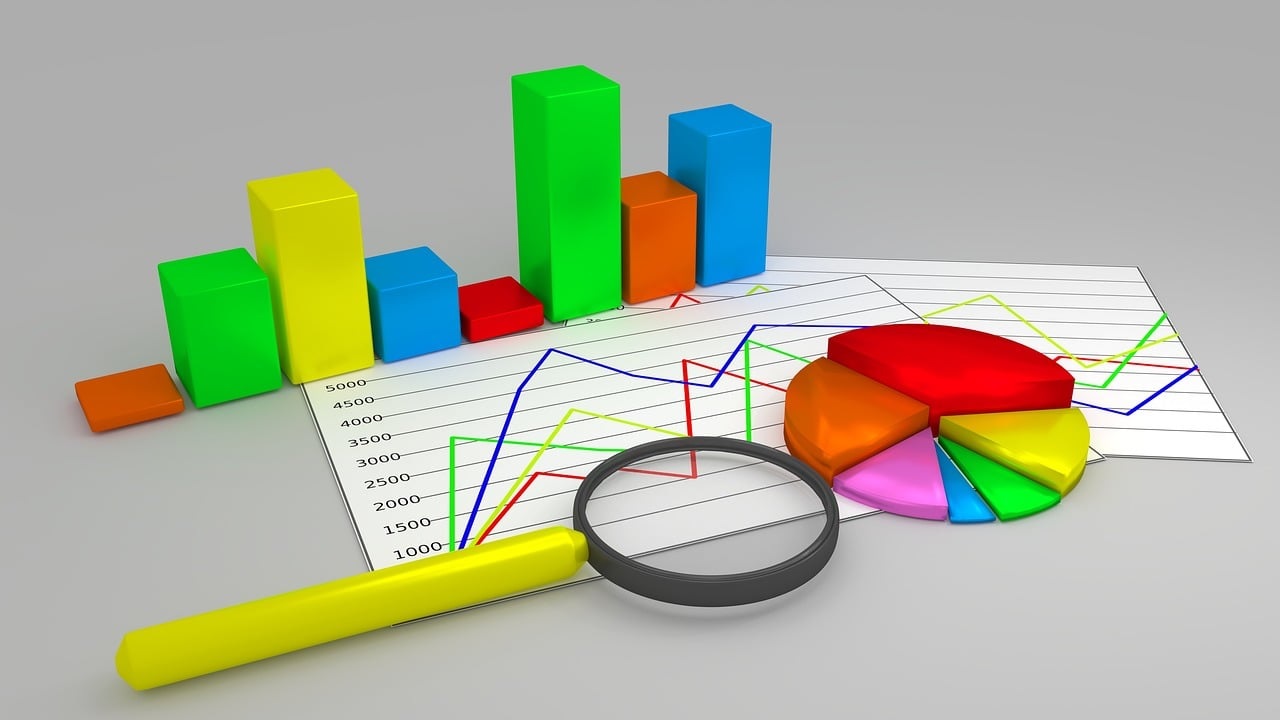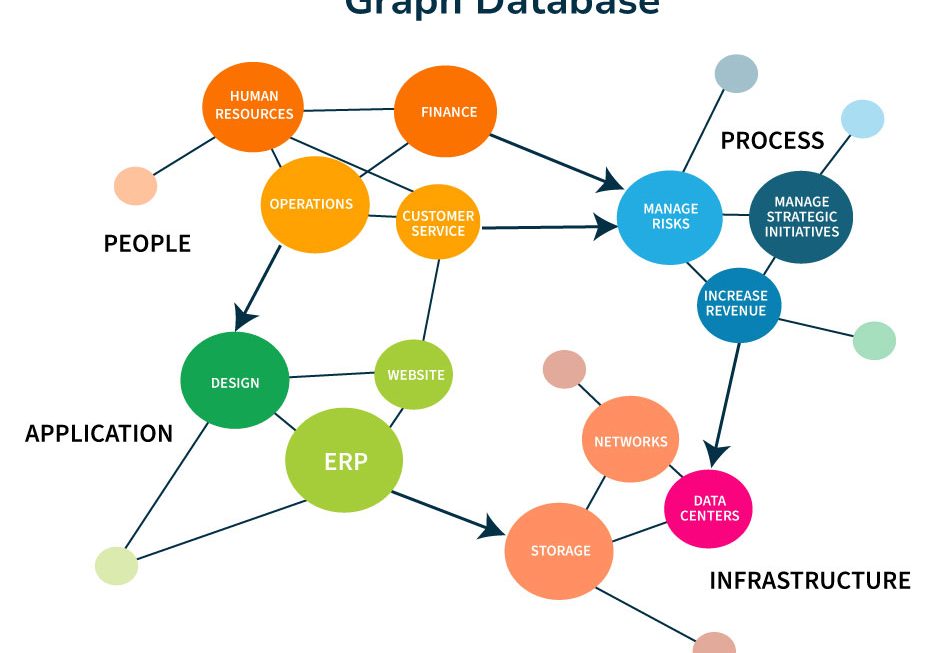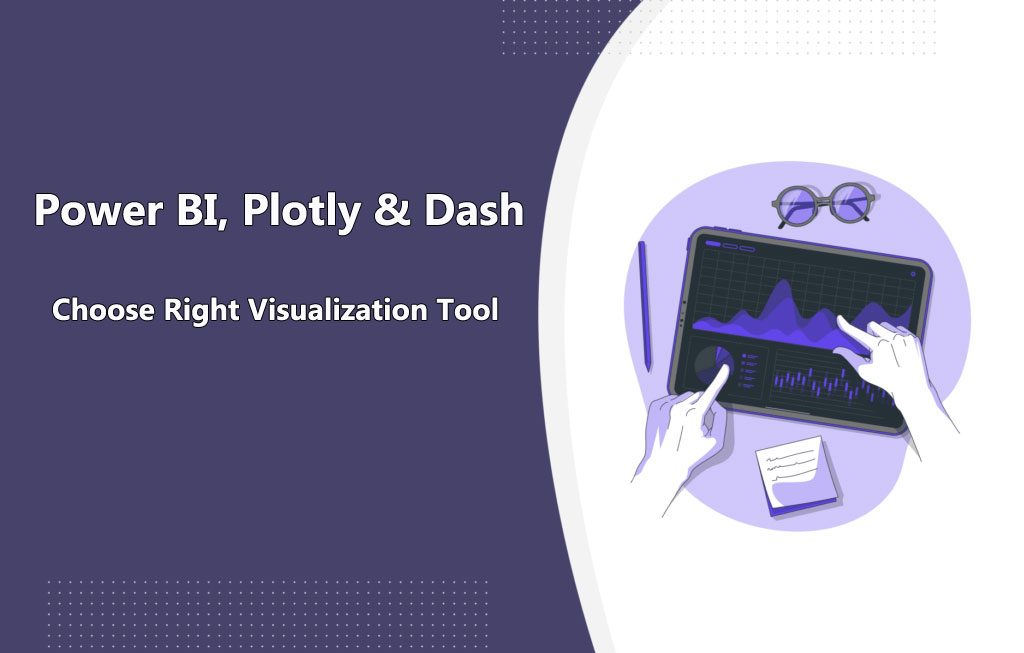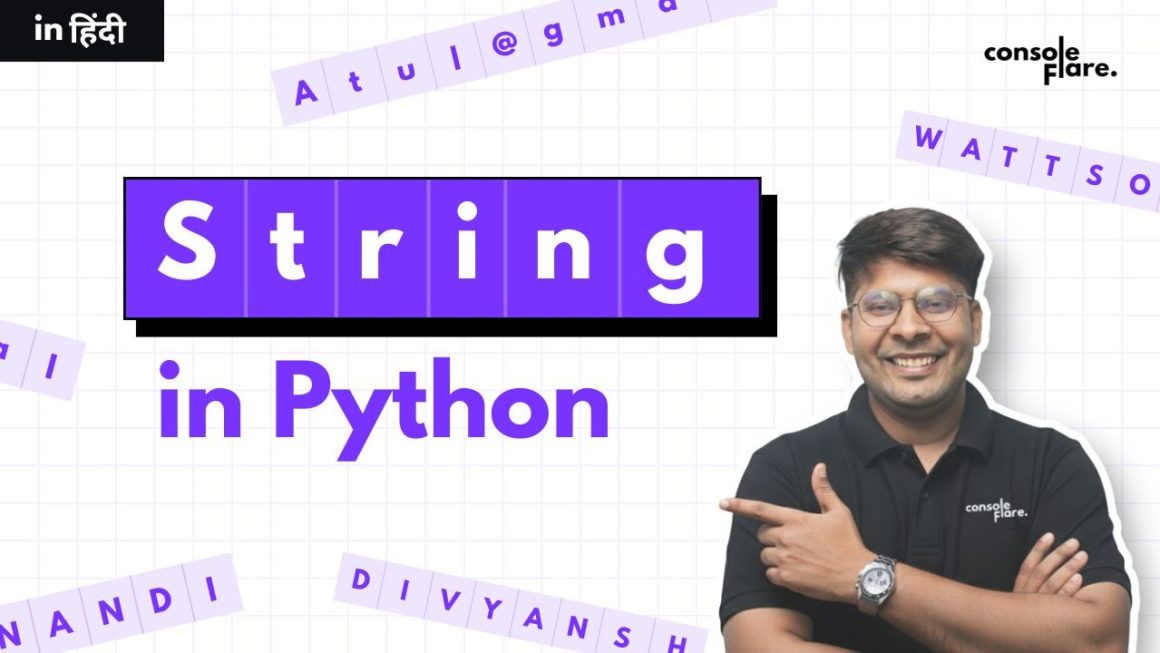If you’re thinking about a data analysis course in Noida, you’ve probably wondered what it’s really like. Will you just sit through boring lectures? Or will you actually learn tools you can use in real jobs?
Let me tell you — the tools are the heart of it. They’re what take you from “I know a little about data” to someone who can analyze, visualize, and present insights that matter. Here’s a look at the tools you’ll learn in most courses and why they’re important.
7 Tools You’ll Learn in a Data Analysis Course in Noida
1. Excel – Optional, but a Good Starting Point
Excel is often the first tool people learn. Many courses offer it as optional, and honestly, it’s handy for beginners.
You’ll learn to:
- Organize and clean data
- Use formulas like IF, VLOOKUP, and INDEX-MATCH
- Summarize data with pivot tables
- Make basic charts
Think of Excel as your warm-up. It’s simple, intuitive, and useful for small datasets. Once you move on to Python or SQL, you’ll see why it’s optional.
2. Python – The Core of Data Analysis
Python is where things get exciting. It’s powerful, flexible, and beginner-friendly, which is why every serious data analysis course focuses on it.
With Python, you can:
- Handle large datasets quickly
- Clean messy data in minutes
- Analyze trends and patterns
- Create visualizations
It’s also the foundation for more advanced work later, like machine learning or automation.
3. NumPy – Fast Math for Data
NumPy is a Python library that makes working with numbers easy. Large datasets? Complex calculations? No problem.
Example: Imagine you have 50,000 customer orders. Calculating totals manually is a nightmare. NumPy does it in seconds.
It’s simple but powerful. Once you use it, you’ll wonder how you ever managed without it.
4. Pandas – Organize Your Data
After handling numbers, you need to structure your data. Pandas is perfect for that.
With Pandas, you can:
- Import data from CSVs, Excel, or databases
- Remove duplicates or missing entries
- Filter, sort, and group data
- Merge multiple datasets
For instance, combining sales from multiple stores in Noida is a few lines of Pandas code instead of hours of manual work.
5. Matplotlib & Seaborn – Make Your Data Speak
Analyzing data is one thing. Showing it visually is another. That’s where Matplotlib and Seaborn come in.
You’ll learn to:
- Make bar charts, line charts, scatter plots
- Customize graphs with colors, labels, and styles
- Create visuals that tell a story
For example, instead of giving your manager a long spreadsheet, you can show a clear line chart of monthly sales trends. The difference? Everyone gets it instantly.
6. SQL – Speak the Language of Databases
Most companies don’t store their data in Excel. They use databases. That’s why SQL is essential.
With SQL, you can:
- Extract exactly the data you need
- Combine multiple tables with JOIN
- Summarize with SUM, COUNT, AVG
- Run more complex queries
Example: A telecom company wants to know how many customers upgraded last month. SQL gets you the answer in seconds, even from millions of rows.
It’s one of the skills that employers almost always look for.
7. Power BI – Dashboards to Stay Updated
Power BI is often offered as an extra, but it’s worth learning. It’s great for making dashboards that your team or manager can actually use.
You’ll learn to:
- Connect to different datasets
- Build interactive dashboards
- Share insights in a visual way
Think of it as the final touch — your analysis becomes actionable and professional-looking.
Why These Tools Matter in Noida?
Noida is full of IT firms, startups, BPOs, and corporates. Almost every industry uses data.
For example:
- A startup may use Python and Pandas to track customer behavior.
- A finance company may rely on SQL and Power BI for reporting.
- Even manufacturing firms use Python and Matplotlib to optimize production.
- Learning these tools doesn’t just teach you skills. It makes you job-ready and confident.
Conclusion
A data analysis course in Noida isn’t just about theory. It’s about learning tools that you’ll actually use on the job. Python, NumPy, Pandas, Matplotlib, Seaborn, and SQL form the core. Excel is optional. Power BI is a great extra.
These tools help you clean, analyze, visualize, and present data. And in today’s data-driven world, that’s exactly what companies want.
If you’re serious about a career in data analysis, look for a course in Noida that focuses on hands-on learning with these tools visit Console Flare once. Practice with real datasets, build projects, and start turning data into insights.
Your career can start today—why wait?
For more such content and regular updates, follow us on Facebook, Instagram, LinkedIn





